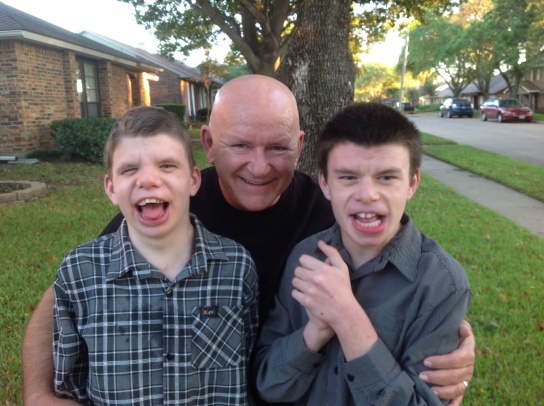A Belgian generalist’s family helped him through the assisted dying process once the pain from cancer had become unbearable, his daughter, a dermatologist, tells Richard Hurley
“Suddenly, when he knew that the exit was close, he was a different man.” On the day he had chosen to die, 8 May 2012, Veronique Bataille’s father seemed to have been freed from the increasing, persistent, and excruciating pain that had resulted from bone metastases secondary to prostate cancer.
“I think that it was because he knew exactly when he was going to go that he had four or five hours of amazing lucidity. He got up. He washed on his own. He shaved,” she said. He had even requested an outfit from his wife; “He really wanted to plan the day well. He looked amazing.”
And now, at his chosen time and looking his best, he sat on the hospital bed with his wife and four children around him. “Thank you for allowing me to go the way I want to go,” he told them.
Powerless to help his own patients
Henri Bataille, born in 1935, had spent his life as a family doctor in rural southern Belgium. He had often felt powerless to help his own patients who were dying in pain, and he welcomed Belgium’s legislation on assisted dying in 2002. “I will want it if ever I’m in that situation,” he told his family.
Henri Bataille had prostate cancer diagnosed in his late 60s. Treatment brought remission for five years. Then the discovery of metastases led Bataille to register for an assisted death, before the pain and drugs that were certain to accompany the end of his life would make such a wish even harder to bring about.
Uncontrollable pain was most likely what led to his admission to the local hospital, Bataille’s daughter said; but this was a Catholic institution, and when he mentioned assisted dying he was told that this was not possible. “Even in Belgium, where it’s legal, the nurses and doctors refused to acknowledge that he’d been through the process [of registering for assisted dying],” said Veronique, a dermatologist who has practised in the United Kingdom for 30 years. “It was traumatic.”
Sourced through Scoop.it from: www.bmj.com
See on Scoop.it – MyHealthShare Medical Reporter






